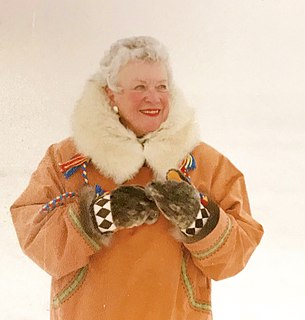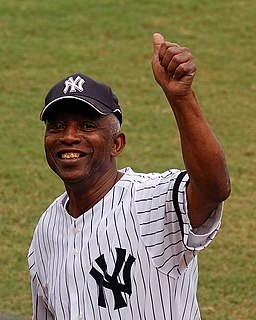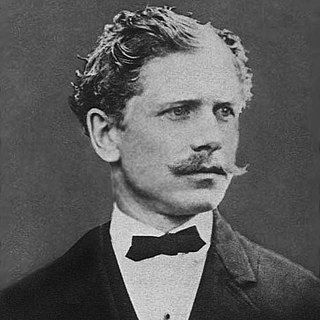A Quote by Libba Bray
Retribution is a dog chasing its tail.
Quote Topics
Related Quotes
The social intuitionist model offers an explanation of why moral and political arguments are so frustrating: because moral reasons are the tail wagged by the intuitive dog. A dog’s tail wags to communicate. You can’t make a dog happy by forcibly wagging its tail. And you can’t change people’s minds by utterly refuting their arguments.
Our moral reasoning is plagued by two illusions. The first illusion can be called the wag-the-dog illusion: We believe that our own moral judgment (the dog) is driven by our own moral reasoning (the tail). The second illusion can be called the wag-theother-dog's-tail illusion: In a moral argument, we expect the successful rebuttal of an opponent's arguments to change the opponent's mind. Such a belief is like thinking that forcing a dog's tail to wag by moving it with your hand will make the dog happy.
Why are you chasing your tail so?" Said the kitten, "I have learned that the best thing for a cat is happiness, and that happiness is my tail. Therefore, I am chasing it: and when I catch it. I shall have happiness." Said the cat, "My son, I, too, have paid attention to the problems of the universe. I, too, have judged that happiness is in my tail. But, I have noticed that whenever I chase it, it keeps running away from me, and when I go about my business, it just seems to come after me wherever I go.
She [Alice] went on "And how do you know that you're mad?" "To begin with," said the Cat, "a dog's not mad. You grant that?" "I suppose so," said Alice. "Well, then," the Cat went on, "you see, a dog growls when it's angry, and wags it's tail when it's pleased. Now I growl when I'm pleased, and wag my tail when I'm angry. Therefore I'm mad."
Oh, for heaven’s sake, Sirius, Dumbledore said no!” A bearlike black dog had appeared at Harry’s side as Harry clambered over the various trunks cluttering the hall to get to Mrs. Weasley. “Oh honestly,” said Mrs. Weasley despairingly. “Well, on your own head be it!” The great black dog gave a joyful bark and gamboled around them, snapping at pigeons, and chasing its own tail. Harry couldn’t help laughing. Sirius had been trapped inside for a very long time.




































